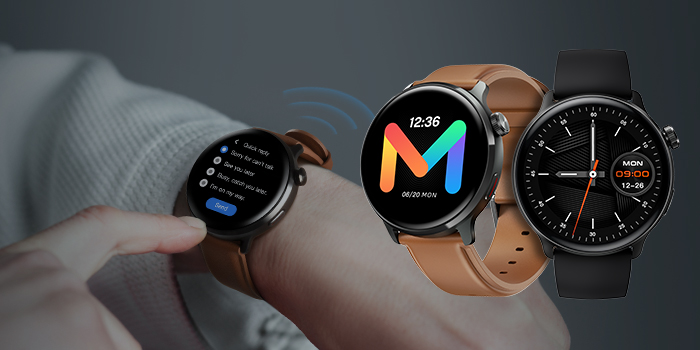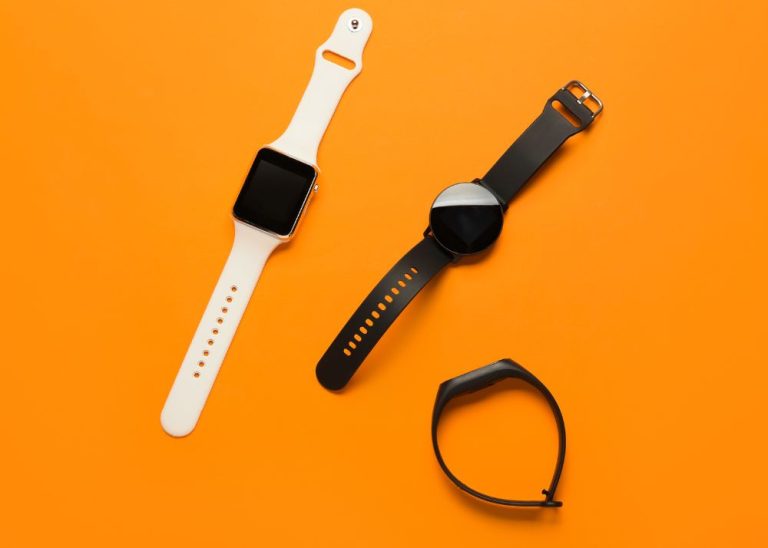Why Wearables Are Revolutionizing Healthcare with Smartwatches Leading the Way
Wearables, including smartwatches, are revolutionizing the healthcare industry. These devices have the potential to improve patient outcomes, enhance the patient experience, and reduce healthcare costs. Smartwatches are leading the way, thanks to their ability to monitor vital signs, track activity levels, and provide real-time health information. In this article, we will discuss why wearables are revolutionizing healthcare, with smartwatches leading the way.
1. Remote Patient Monitoring
Smartwatches can monitor vital signs, including heart rate, blood pressure, and oxygen levels, in real-time. This feature is especially helpful for patients with chronic conditions who need regular monitoring. With remote patient monitoring, healthcare providers can monitor patients’ health status and intervene early if necessary. This can reduce hospital readmissions and improve patient outcomes.
2. Personalized Health Information
Smartwatches can provide personalized health information based on the user’s activity level, heart rate, and other vital signs. This information can help users make informed decisions about their health and wellness. For example, a smartwatch can provide a user with a personalized recommendation for the optimal amount of exercise based on their activity level and heart rate. This feature can help users stay on track with their health and wellness goals.
3. Health Data Sharing
Smartwatches can share health data with healthcare providers, making it easier for providers to track patient health status and make informed decisions about patient care. This can improve communication between patients and healthcare providers and reduce the risk of medical errors. Additionally, health data sharing can help healthcare providers identify patterns and trends in patient health data, leading to more accurate diagnoses and more effective treatments.
4. Chronic Disease Management
Smartwatches can help patients with chronic diseases manage their condition by monitoring vital signs and providing real-time health information. This can reduce hospital readmissions and improve patient outcomes. For example, a smartwatch can monitor a patient’s blood glucose levels and provide alerts when levels are outside of the normal range. This can help patients with diabetes manage their condition and avoid complications.
5. Telemedicine
Smartwatches can facilitate telemedicine, allowing patients to receive medical care remotely. With a smartwatch, patients can communicate with healthcare providers, receive medical advice, and even receive prescriptions. This can improve access to healthcare, especially for patients in remote or underserved areas.
6. Health and Wellness Tracking
Smartwatches can track activity levels, sleep patterns, and other health and wellness metrics. This can help users make informed decisions about their health and wellness and stay on track with their goals. Additionally, health and wellness tracking can help users identify patterns and trends in their health and wellness data, leading to more effective lifestyle changes.
In conclusion, wearables, including smartwatches, are revolutionizing the healthcare industry. These devices have the potential to improve patient outcomes, enhance the patient experience, and reduce healthcare costs. Smartwatches are leading the way, thanks to their ability to monitor vital signs, track activity levels, and provide real-time health information. As wearables continue to evolve and improve, they will play an increasingly important role in healthcare.







